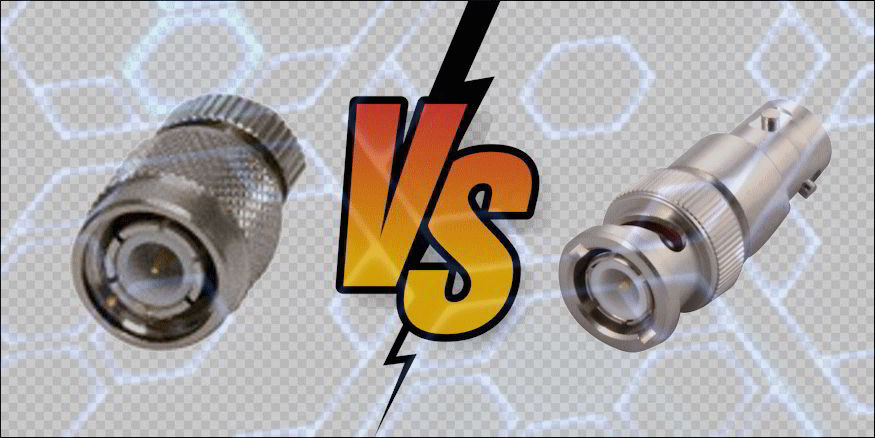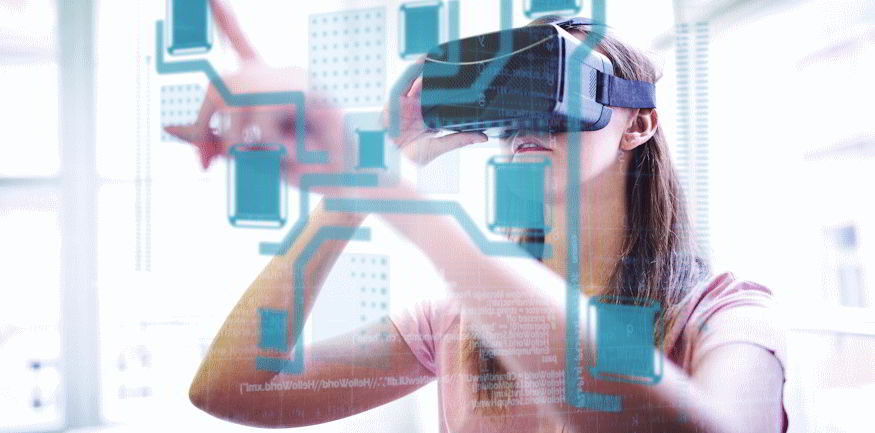
The fifth generation of mobile broadband technology was designed as a response to the increased demand for faster, broader Internet access. It’s not as widespread as 4G yet, but it will probably overtake the previous version of the technology within the next few years.
5G has consistently brought download speed increases of up to 500% in densely populated areas. However, one of the less-known benefits is the deep integration of this technology with Internet of Things (IoT) devices.
It’s not all about speed. With 4G networks, the average latency is about 200 milliseconds, while 5G latency’s rate is just one millisecond. This feature alone has the potential to improve the performance of IoT devices, making them much faster, and thus more efficient.
Think about healthcare, for example, a vital industry sector where real-time data can make the difference between life and death. And what about self-driven vehicles, where having access to road/pedestrian data instantaneously is crucial?
Specialists agree that billions of new IoT devices will be connected to the Internet within the next few years. Unlike the previous generation, the 5G technology can enable all these devices to communicate without congesting the network.
More than this, as the number of 5G cells grows, it will be possible to provide or enhance Internet access in remote areas, where it was impossible to do that until now. The enhanced connectivity will guarantee that the IoT devices can work as expected regardless of their location.
Many people will benefit from the increased functionality provided by 5G-connected IoT devices used in agriculture, for example. High-speed connectivity and access to real-time data will enable farmers to manage their crops and livestock properly.
Smart irrigation systems will be able to control water levels based on current data, such as soil moisture, and even predicted data, such as weather forecasts. Not only that but livestock can be tracked by making use of IoT devices, thus improving animal health and reducing loss.
5G has already improved the functionality of IoT devices used in education. Properly implemented remote learning platforms have made latency a thing of the past. Multiple IoT devices can connect to the same server without compromising performance, facilitating collaborative learning. And with IoT devices offering reliable data collection, personalized learning experiences will soon become the norm.
As a conclusion, 5G and IoT are a winning combination indeed. It has already been proven that the new generation of mobile broadband networks provides higher speeds, much lower latencies and increased capacity.
All these benefits improve the ways in which IoT devices interact with us and with each other, helping us have access to smarter infrastructure, smarter homes, and a broad array of smart Internet-related services.



 Need high-quality tech articles for your website?
Need high-quality tech articles for your website?